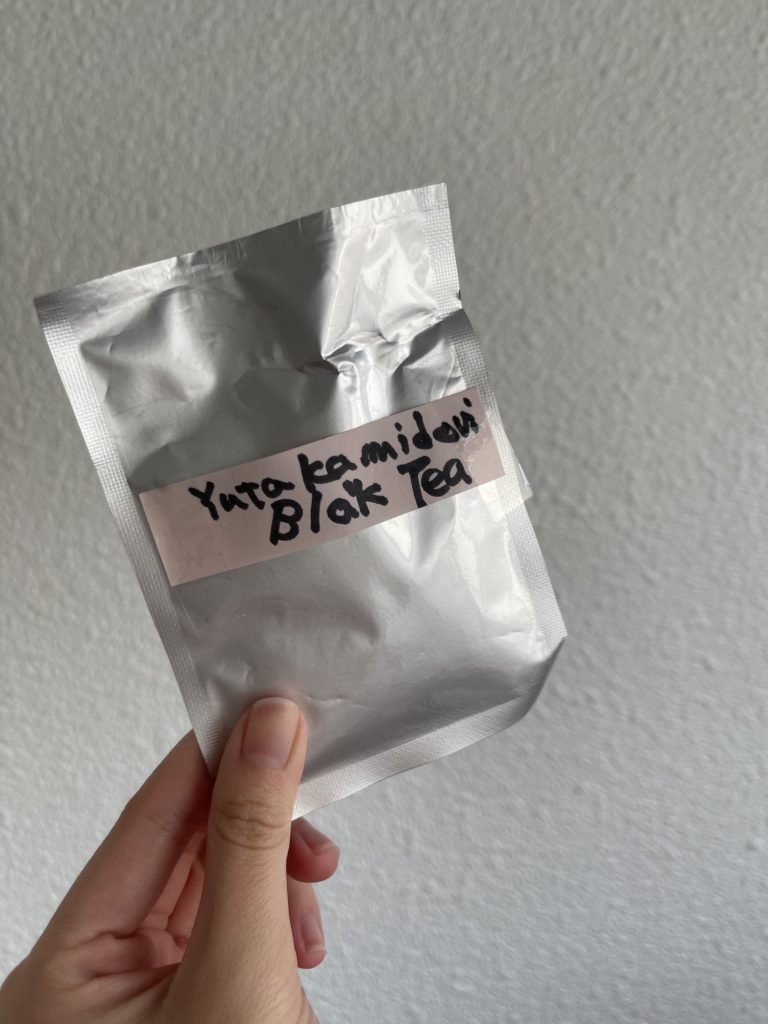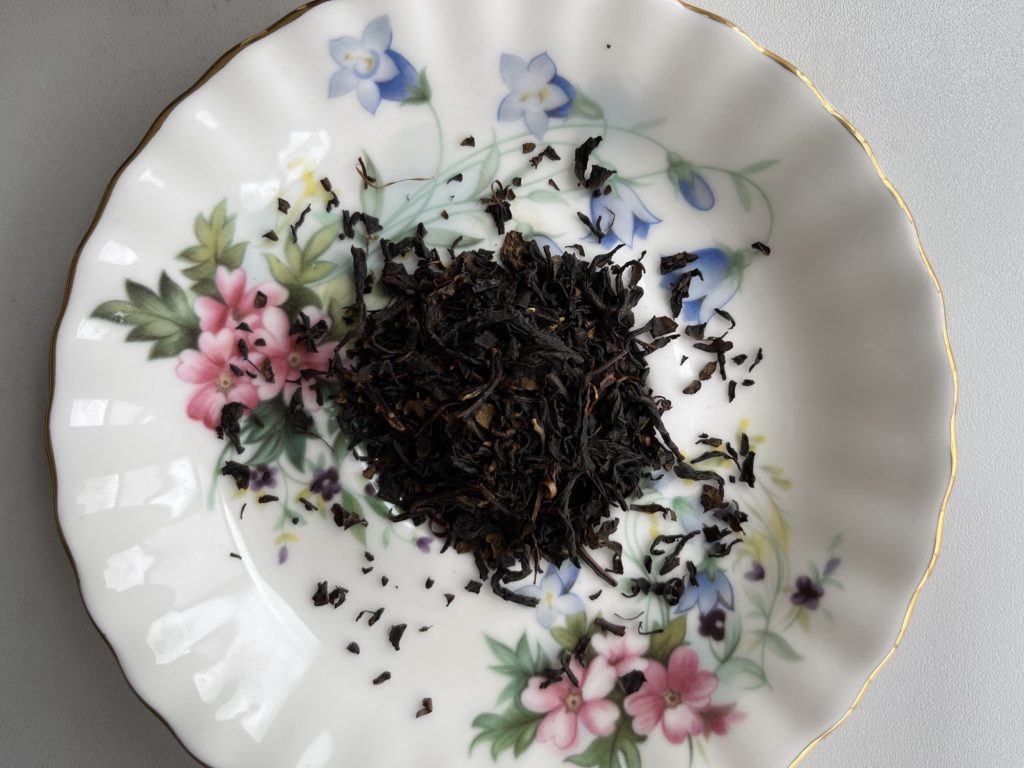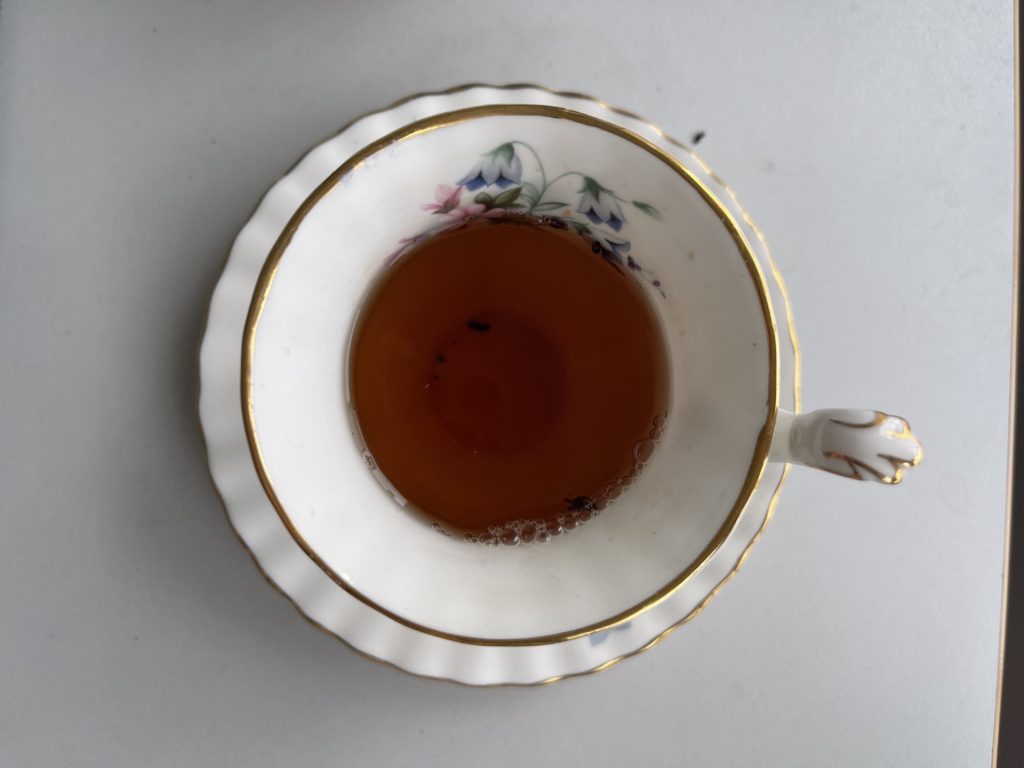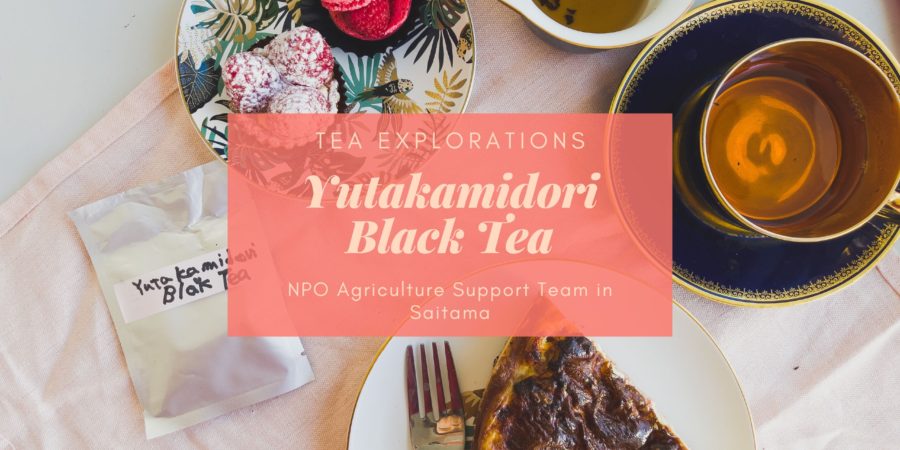Hi friends! For the first tea post of this year, I thought it would be interesting to crack open the Yutakamidori Black Tea that I received from the NPO Agriculture Support Team in Saitama. Well, to be honest, the packaging for this tea was a bit damaged when I received it, so I knew I had to finish this fast because the tea had been exposed to air.

About the Yutakamidori Cultivar
I don’t think I’ve ever seen a wakoucha made with the Yutakamidori cultivar, so I wanted to do a little research. I didn’t really see much about this cultivar made into black tea, but I did find some interesting information about its history.
History
According to Shimodozono Tea, Yutakamidori is a cultivar made for Kagoshima.
Why?
Because in the past, Kagoshima tea was called 「安かろう、不味かろう」, or in English, “Cheap and tasteless”. To overcome this bad reputation, a new cultivar was needed. During his research to find a tea for Kagoshima, the founder of Shimodozono Tea, Minoru (實), met a researcher named Okamura Katsuro (岡村克郎). Okamura recommended a cultivar called Y-2, which was said to have a good yield. In 1966, that cultivar was registered as Yutakamidori, and thus the cultivar came into existence.
Yutakamidori Characteristics
Yutakamidori is the second most popular cultivar after Yabukita in terms of area cultivated. As you can guess, it’s grown mainly in Kaogoshima (and I guess, also in Sayama, since that’s why my tea is from). The harvest period of the Yutakamidori is 5 days earlier than the Yabukita, and it has to be grown and processed in a specific way: the leaves have to be shaded for a week to reduce its astringency, and it has to be deep steamed (深蒸し) to bring out its flavour (if you can read Japanese, this page has more information).
Since this tea was sent to me by NPO Agriculture Support Team in Saitama, I sent them an email asking them how they processed this black tea! Interestingly, the tea is neither shaded nor deep steamed because it’s processed as a black tea, but it still remains very sweet, as you’ll see in the next section.
Tasting Notes
I’m drinking this tea for the third (and last) time as I write this post, and I’ve been really liking it so far!

The dry leaves are in small pieces; they are mostly dark with some lighter brown bits mixed in. It smells really woody and looks like a typical black tea.
For the most part, this tea has the same notes throughout the tea session. Two times, the bright brown tea liquor was sweet, and had something that felt like a cross between a woody and nutty note. The tea basically stays the same and gets lighter with each successive steep, and for me, three steeps was the maximum for this tea.

There was one time where the tea liquor looked the same as the other two tea sessions, but there was a strong vegetal note present in the first steep. This disappeared in the subsequent steeps and I’ve not managed to replicate this but it was an interesting experience and I’m wondering if anyone else got this.
Overall, this was an interesting tea to drink! I’m a little sad that I finished it so quickly, but I’ve still got a few other interesting teas coming up so I’m looking forward to drinking those too.

At least that’s one tea down and you can come back and buy more in the future if you want!
That’s true!